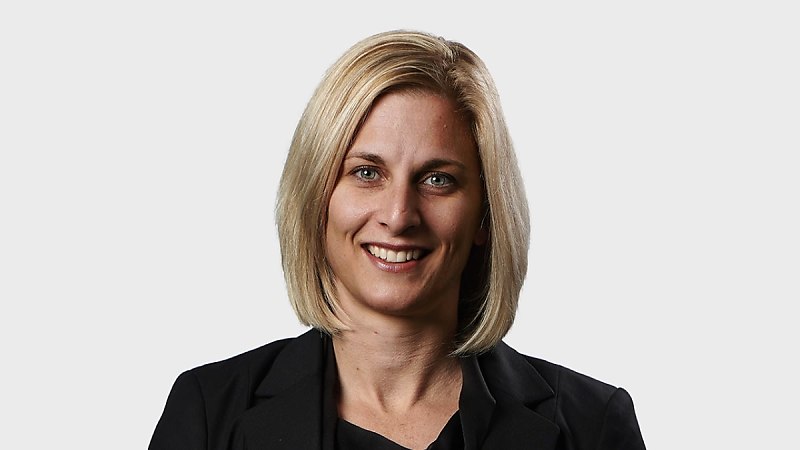Farmland disconnect shows pitfalls in taxing paper profits
A rapid increase in the valuation of farmland without a similar uptick in income generation, an expert has explained, is a perfect example of why taxing unrealised gains is a fraught proposition, despite the Assistant Treasurer arguing current rules should dismiss liquidity concerns.
Responding to Nationals leader David Littleproud’s questions in parliament last week, Assistant Treasurer Daniel Mulino outlined that farmers have the same obligations for their SMSFs as every other super fund when it comes to ensuring they can cover their tax bills.
“It is important that all superannuation funds have a design so as to take account of diversification requirements and liquidity requirements. That is an obligation under the current law on all superannuation funds. So, that is something very important to bear in mind,” Mulino said.
“It is important also to bear in mind that if an SMSF has a farm or a business within the fund, that it should be receiving commercial arm's length payment from that business or from that farm.”
While Mulino is right that the diversification and liquidity requirements for these SMSFs are the same as every other fund, RSM Australia superannuation and SMSF leader, Katie Timms, said that doesn’t mean there aren’t any issues for farmers.
“Any SMSF that is heavily weighted in one asset can raise concerns over whether there is cash that is sufficient to pay expenses and member benefits – this has been more heightened in recent years with the increase in values of farmland but trustees who comply with these rules are likely actively managing the needs of the SMSF,” Timms told SMSF Adviser.
In line with this, she said, are two main issues that arise under Division 296.
“Firstly, the rapid increase in farmland values over the last few years hasn’t been matched by a corresponding increase in lease returns, meaning that there may not be the same increase in cash income as is seen in the asset balance,” she said.
“SMSFs that are complying with the arm’s length rules don’t necessarily have more income coming in just because an asset increases in value.
“It is also unfair to assume that an SMSF is not meeting its liquidity and diversification requirements, when concerns are being raised over future taxes on asset value movements.”
Additionally, an SMSF having sufficient cash flow to cover its current expenses and member benefits in line with its legal requirements may not necessarily have enough to “future-proof for potential taxes that may be created in future”.
“Especially when they aren’t assessed against real income that generates cash to pay them,” Timms added.
Importantly, she said, the tax being a personal liability also means that while a super fund can pay the tax, ultimately it falls on the individual to cover the cost.
“It may mean that if the SMSF/superannuation fund doesn’t have the liquidity to pay the tax, the onus will fall on the member personally to have to fund this – via sale of assets or borrowings,” she said.
According to Australian National University research released earlier this month, there are around 2,368 farmers who fall under the large superannuation balance holder cohort.
Even among the relatively small amount of funds that would be impacted under the proposed tax, this makes up just 2.7 per cent, yet farmers have become an outsized focal point for critics of the tax.
A cynical interpretation might put this down to other interested parties using farmers as an effective tool to tug at the public’s heartstrings; however Timms said it is because they are “disproportionately impacted”.
“It is an asset class that has seen great growth over the years without the same increase in rental returns, is often a generational asset, and is a clear example of an individual who may be ‘asset rich’ on paper.”
“It provides the best example of why taxing unrealised gains is perhaps not the best method for reducing superannuation concessions that would likely have naturally reduced over time with the transfer balance cap and total superannuation balance measures anyway.”


